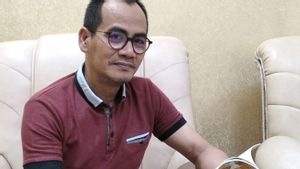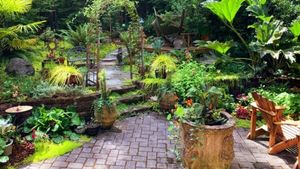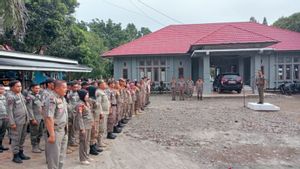JAKARTA - Scientists have again found a moai statue on Easter Island, precisely at the bottom of a dried lake, with experts estimating that there will be further discoveries in the region.
Geologists studied the site after a fire engulfed the area last year. This could mean more figures and equipment used by the ancestors of the Raapajun who were buried near the site that used to be underwater, scientists said.
"This is the first time, from what I understand, something has been found in the basin," said archaeologist Jose Miguel Ramirez.
"This means that the lake has most likely dried up in the past, and maybe Raapa live it using it to move the statue," he added.
"I think there will be more (moai) that will continue to emerge," Ramirez said.
Easter Island, Chile's 2,200-mile (3,540 km) area from the mainland, is a protected national park and a UNESCO World Heritage site.
The researchers believe that the island's first occupants arrived more than 1,000 years ago. And, a well-known monolithic figure was founded about 400 to 700 years ago.
"What we see today is very important, because it is part of the history of the people of Rapaulia," said Salvador Atan Hito, a traditional community leader Ma'u Henoa who oversees the site.
The 1.5 meter (5 ft) high Moai, half-buried, will now undergo tests to determine her state, the researchers said.
While Easter Island was filled with hundreds of towering stone heads, they faced threats from various elements, including fires that led to the discovery of the statue.
The English, Chinese, Japanese, Arabic, and French versions are automatically generated by the AI. So there may still be inaccuracies in translating, please always see Indonesian as our main language. (system supported by DigitalSiber.id)













